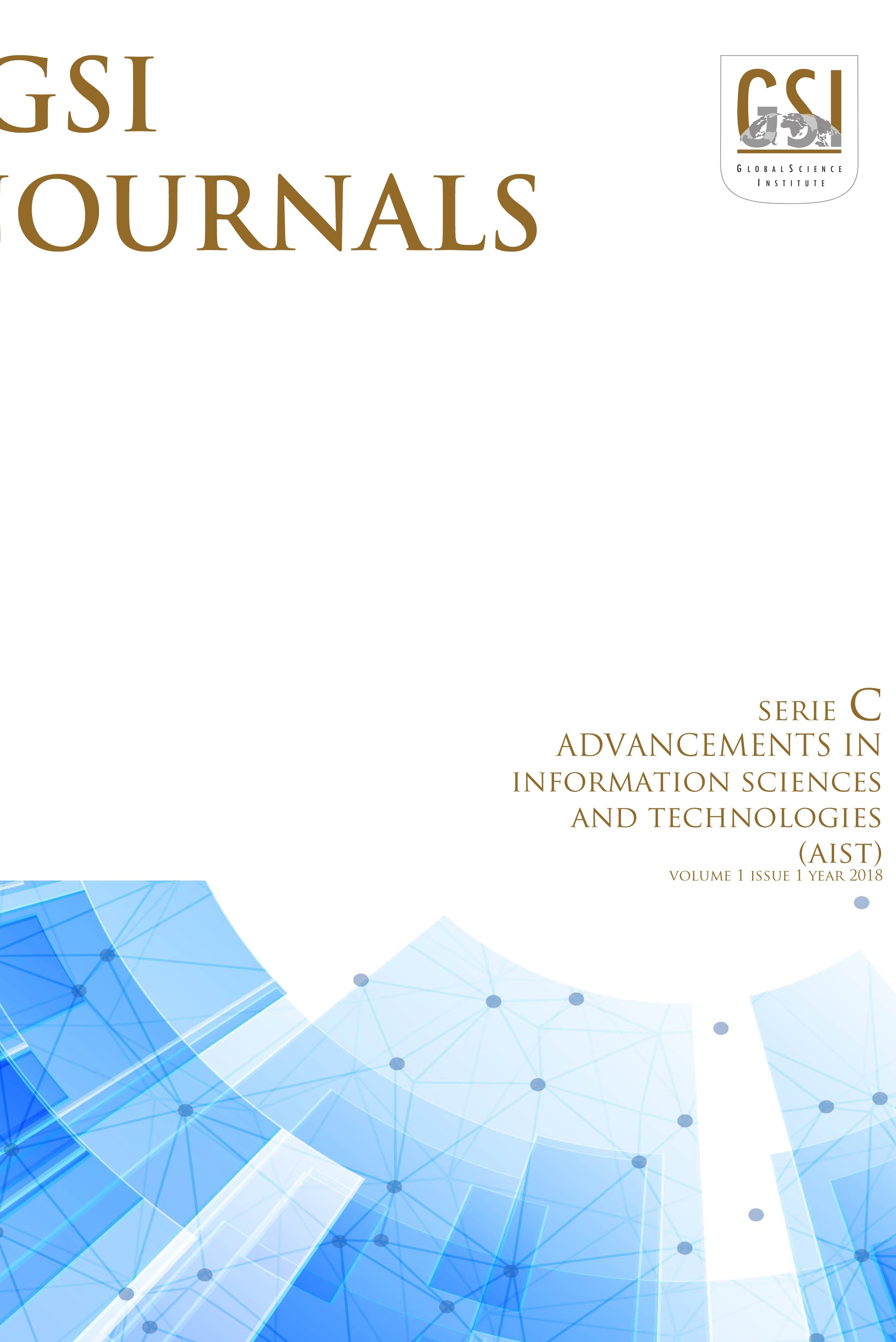USE OF INFORMATION COMMUNICATION TECHNOLOGY BY CHILDREN IN TURKEY
USE OF INFORMATION COMMUNICATION TECHNOLOGY BY CHILDREN IN TURKEY
___
- Canbey-Özgüler, V. (2007). Knowledge workers of future: the children, are falling into the digital divide. International Symposium on The Changes and Transformations in The Socio-Economic and Political Structure of Turkey Within The EU Negotiations, 16-18 March 2006 Kütahya.
- Canbey-Özgüler, V.& Aşan, Z. (2007). Kadınların bilişim iletişim teknolojileri (BİT) kullanımı: Türkiye örneği, Cahit Talas Anısına Güncel Sosyal Politika Tartışmaları, Ankara: Ankara Üniversitesi Siyasal Bilgiler Fakültesi Ya. No. 595, s.213-247.
- ITU (2011). ITU (International Telecommunication Union), Retrieved from http://www.itu.int/ITU-D/ict/statistics/material/pdf, (Accessed on 08.08.2012).
- ITU (2015). Facts and figures. Retrieved from http://www.itu.int/en/ITU-D/Statistics/Documents/facts/ICTFactsFigures2015.pdf, (Accessed on 27.06.2016).
- Norris, P. (?). Digital divide. Retrieved from http://ksghome.harvard.edu/pnorris/Books/Digital%20Divide.htm, (Accessed on 09.02.2006).
- Schwab, K. (2016). Dördüncü Sanayi Devrimi, (Z. Dicleli, Çev.). İstanbul: Optimist Yayım Dağıtım San. Ve Tic. Ltd. Şti.
- Umayahara, M. (2014). Benefits and risks of ICT Use in Early Childhood, Retrieved from http://www.unescobkk.org/education/ict/online-resources/databases/ict-in-education-database/item/article/benefits-and-risks-of-ict-use-in-early-childhood/, (Accessed on 27.06.2016).
- http://www.itu.int/en/ITU-D/Statistics/Pages/publications/default.aspx, (Accessed on 27.06.2016).
- http://wearesocial.com, (Accessed on 10.03.2018).
- https://www.childtrends.org/indicators/home-computer-access, (Accessed on 17.01.2018).
- http://www.internetstats.com, (Accessed on 12.04.2018).
- http://www.itu.int/, (Accessed on 17.01.2018).
- https://data.worldbank.org/indicator/SP.POP.0014.TO.ZS, (Accessed on 07.04.2018).
- http://www.techaddiction.ca/media-statistics.html, (Accessed on 17.01.2018).
- http://www.tuik.gov.tr/HbGetirHTML.do?id=27587, (Accessed on 11.01.2018).
- http://www.tuik.gov.tr/PreHaberBultenleri.do?id=15866, (Accessed on 23.05.2018)..
- http://www.worldometers.com, (Accessed on 02.01.2018)
- Yayın Aralığı: Yılda 2 Sayı
- Başlangıç: 2018
- Yayıncı: Hilmi Rafet YÜNCÜ
BITCOIN’İN ARKASINDAKİ GÜÇ: BLOCKCHAIN POWER BEHIND BITCOIN: BLOCKCHAIN
Arif Furkan MENDİ, Alper ÇABUK
USE OF INFORMATION COMMUNICATION TECHNOLOGY BY CHILDREN IN TURKEY
FRİG VADİSİ POTANSİYEL KAMP ALANLARI VE ROTALARININ CBS ARACILIĞIYLA BELİRLENMESİ
Emre BEKTÖRE, Ergin KORKMAZ, Gökhan ERŞEN, Alper ATAK
POSTMODERN YERLEŞMELERE DOĞRU: AKILLI KENTLER TOWARDS POSTMODERN SETTLEMENTS: SMART CITIES
